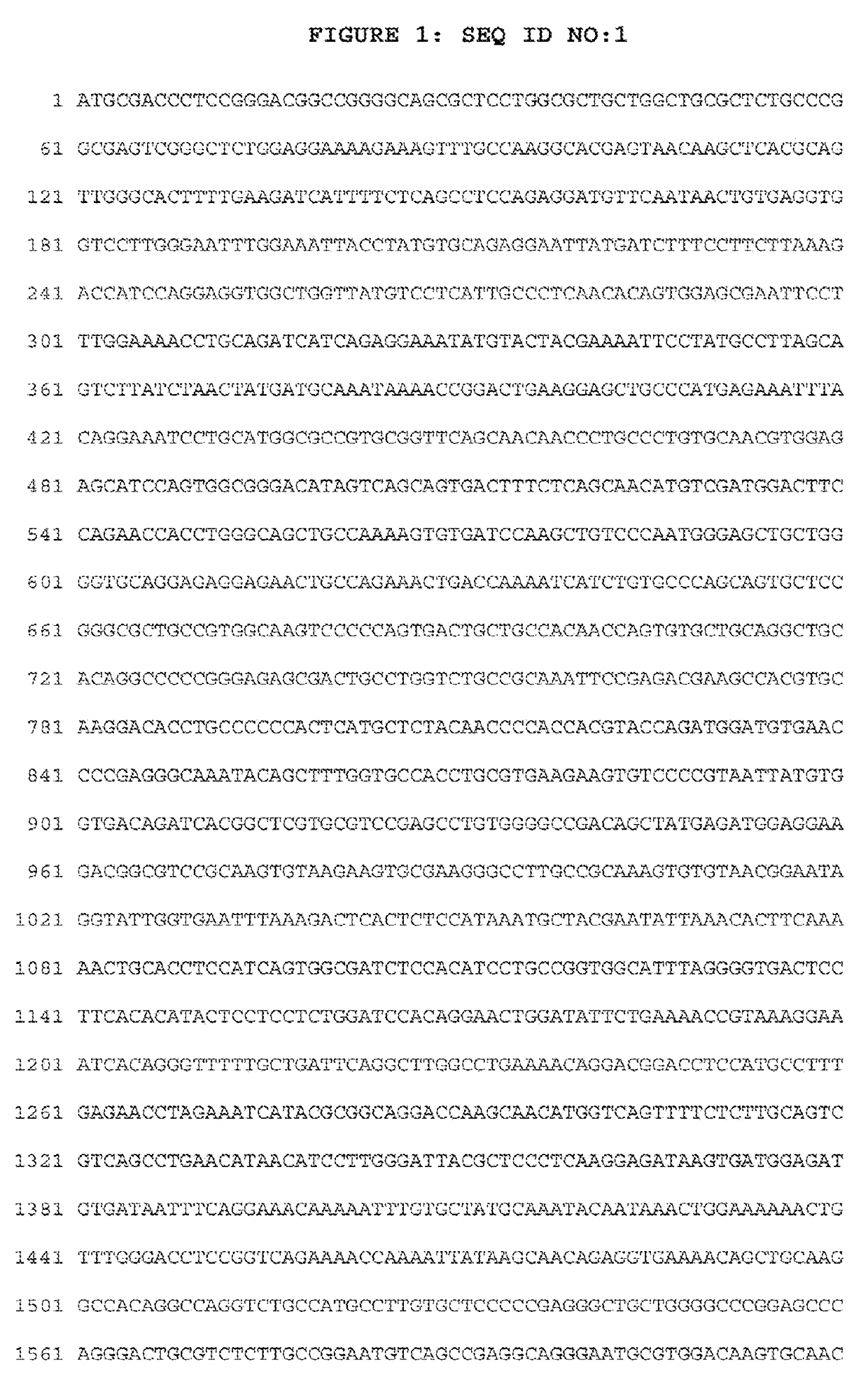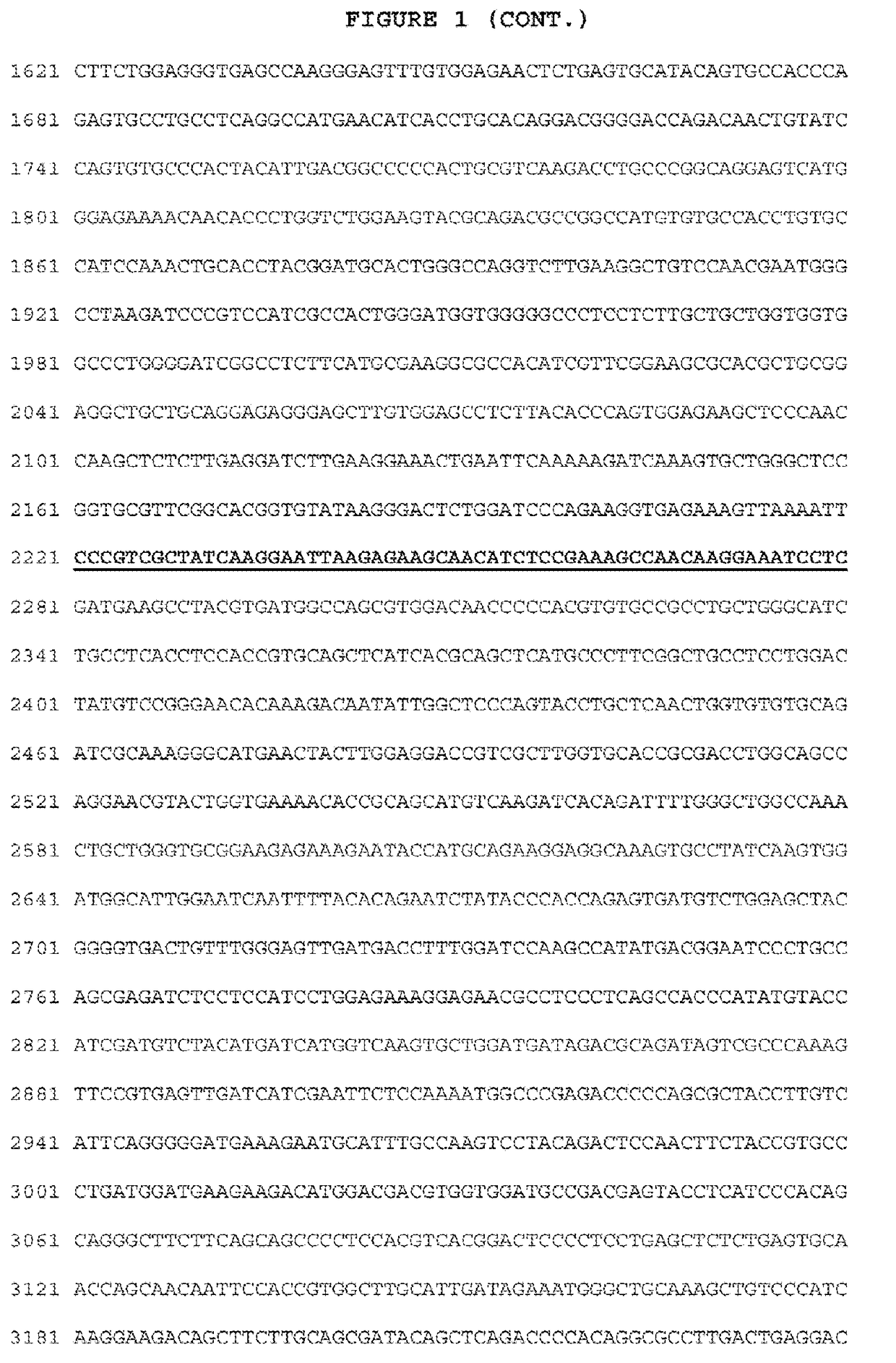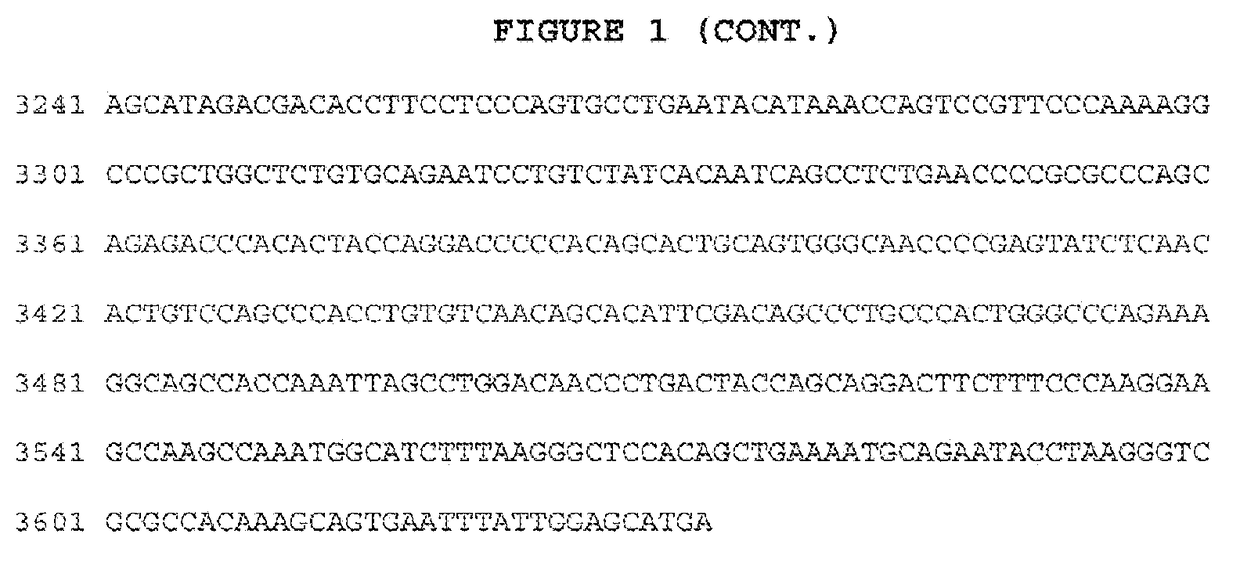Novel mutation in the epidermal growth factor receptor kinase domain
a technology of epidermal growth factor and receptor, which is applied in the field of cancer diagnostics and companion diagnostics for cancer therapies, can solve the problems that patients with such mutations will not receive potentially life-saving treatment, and the detection of such mutations has the potential to affect the clinical outcome of some patients
- Summary
- Abstract
- Description
- Claims
- Application Information
AI Technical Summary
Benefits of technology
Problems solved by technology
Method used
Image
Examples
example 1
Identifying the Mutation in Lung Cancer Patient Samples
[0042]Tissue samples were obtained from lung cancer (NSCLC) patients. The biopsy samples were preserved as formalin-fixed, paraffin embedded tissue (FFPET). Nucleic acids were isolated from the samples and subjected to direct sequencing on the Illumina MISEQ™ Genome Sequencer (Illumina, Inc., San Diego, Calif.).
[0043]The 2257-2277>GCC mutation (as a combination of 2257-2262 del and 2266-2277 del) was detected in the sample E10. The mutation was detected in 9234 out of 17570 sequence reads (52.56%). Heterogeneity of the sequence reads is believed to stem from genetic heterogeneity of the tumor as well as the presence of non-tumor cells in the biopsy sample.
[0044]While the invention has been described in detail with reference to specific examples, it will be apparent to one skilled in the art that various modifications can be made within the scope of this invention. Thus the scope of the invention should not be limited by the exam...
PUM
| Property | Measurement | Unit |
|---|---|---|
| size | aaaaa | aaaaa |
| stable | aaaaa | aaaaa |
| length | aaaaa | aaaaa |
Abstract
Description
Claims
Application Information
 Login to View More
Login to View More - R&D
- Intellectual Property
- Life Sciences
- Materials
- Tech Scout
- Unparalleled Data Quality
- Higher Quality Content
- 60% Fewer Hallucinations
Browse by: Latest US Patents, China's latest patents, Technical Efficacy Thesaurus, Application Domain, Technology Topic, Popular Technical Reports.
© 2025 PatSnap. All rights reserved.Legal|Privacy policy|Modern Slavery Act Transparency Statement|Sitemap|About US| Contact US: help@patsnap.com



